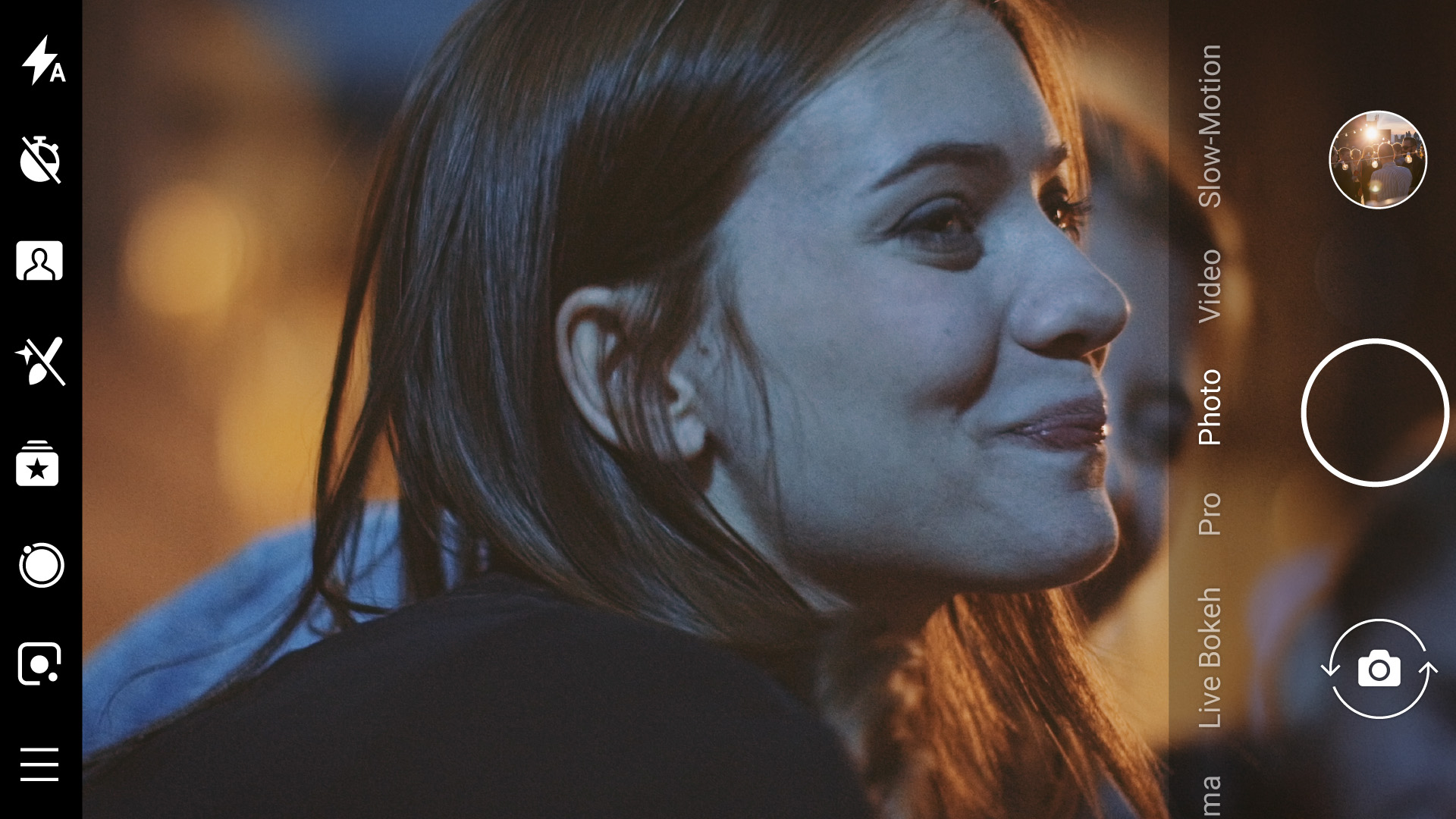Forget “poolside poses” and “hotdog legs”. According to a recent survey commissioned by Nokia, over half of 1500 millennials believe creative selfies and landscapes attract the most engagement from followers.
Perhaps that's why over a third of those millennials are found to be jealous of other people’s holiday snaps. After all, a landscape says a lot more about a holiday than a hotel swimming pool.
Getting those snaps right can be a challenge, though, particularly if you don’t have the right hardware in hand, and that’s why the new Nokia 7.1 is the ideal holiday smartphone.
Its sharp, fast ZEISS optics, high-quality dual rear cameras and Auto HDR processing let you shoot carefree with high quality images.
The Nokia 7.1 feasts on sunsets, handling low-light conditions with ease, while its quick autofocus helps capture spur of the moment action shots.
If you’re struggling to take a picture of a friend or loved one—don’t worry, 55 percent of millennials admit they get help from tools and apps to improve their photos—extra features like Live Bokeh mode use the rear depth camera to blur out backgrounds.
Live Bokeh is similar to using a big DSLR camera with an expensive lens, except in a pocket-friendly (and wallet-friendly: the Nokia 7.1 costs just £299) format. It’s like shooting in a studio, wherever you are. Live Bokeh works with the front camera too, bringing your selfies into even sharper focus.

Advanced camera skills
The Nokia 7.1 is also a master of sharing, which is ideal for the 56 percent of millennials that post their holiday snaps right there and then, rather than waiting to get back home. You can live stream to Facebook (which is still commands over 40 percent of photo shares) and YouTube directly from the camera app.
With Google Photos as your built-in gallery, you get unlimited free storage for all your memories. Plus, the app can help you effortlessly search and share memories instantly.
Google Photos recognises a meaningful moment like a summer BBQ or a wedding, selects your best shots and even suggests who you may want to share them with. So go ahead, search for a photo you took years ago with just a single word.
The Nokia 7.1 is a great phone for holidays—but it’s not just about the camera.
To keep your battery going, Android One phones such as the Nokia 7.1 prioritise background activity for your most important apps and even reduce power usage while in your pocket.
With just 30 minutes of charge, it replenishes 50 percent of the battery. Even if you use the Nokia 7.1 to keep you entertained on a long flight, give it a quick boost once you land and it’s ready to carry on all night.
As an Android One phone, the Nokia 7.1 comes with Google’s latest mobile software built in. This combination of high-quality hardware and software generates an experience that’s smart, secure, and easy to use.
The Google Assistant enables you to get things done quicker and easier while on the go. Google Photos allows an unlimited number of images to be stored in the cloud at high quality. You can also make use of Google Maps for directions and local information and use Google Pay for your purchases.
The price for all this reliability and creativity? In case you missed it: the Nokia 7.1 costs just £299 SIM-free, and you can head to Nokia.com to find out more.

